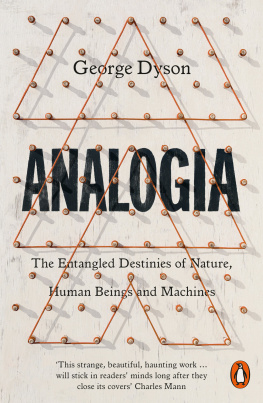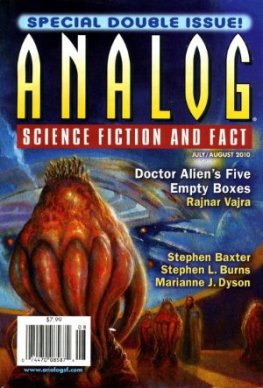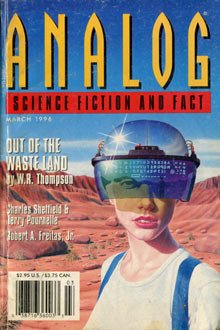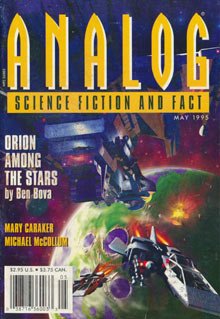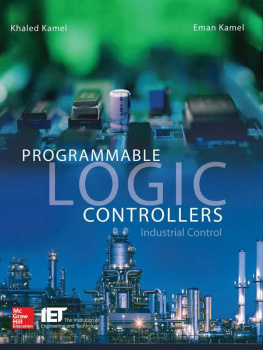George Dyson - Analogia: The Emergence of Technology Beyond Programmable Control
Here you can read online George Dyson - Analogia: The Emergence of Technology Beyond Programmable Control full text of the book (entire story) in english for free. Download pdf and epub, get meaning, cover and reviews about this ebook. publisher: Farrar, Straus and Giroux, genre: History. Description of the work, (preface) as well as reviews are available. Best literature library LitArk.com created for fans of good reading and offers a wide selection of genres:
Romance novel
Science fiction
Adventure
Detective
Science
History
Home and family
Prose
Art
Politics
Computer
Non-fiction
Religion
Business
Children
Humor
Choose a favorite category and find really read worthwhile books. Enjoy immersion in the world of imagination, feel the emotions of the characters or learn something new for yourself, make an fascinating discovery.

- Book:Analogia: The Emergence of Technology Beyond Programmable Control
- Author:
- Publisher:Farrar, Straus and Giroux
- Genre:
- Rating:5 / 5
- Favourites:Add to favourites
- Your mark:
- 100
- 1
- 2
- 3
- 4
- 5
Analogia: The Emergence of Technology Beyond Programmable Control: summary, description and annotation
We offer to read an annotation, description, summary or preface (depends on what the author of the book "Analogia: The Emergence of Technology Beyond Programmable Control" wrote himself). If you haven't found the necessary information about the book — write in the comments, we will try to find it.
George Dyson: author's other books
Who wrote Analogia: The Emergence of Technology Beyond Programmable Control? Find out the surname, the name of the author of the book and a list of all author's works by series.
Analogia: The Emergence of Technology Beyond Programmable Control — read online for free the complete book (whole text) full work
Below is the text of the book, divided by pages. System saving the place of the last page read, allows you to conveniently read the book "Analogia: The Emergence of Technology Beyond Programmable Control" online for free, without having to search again every time where you left off. Put a bookmark, and you can go to the page where you finished reading at any time.
Font size:
Interval:
Bookmark:
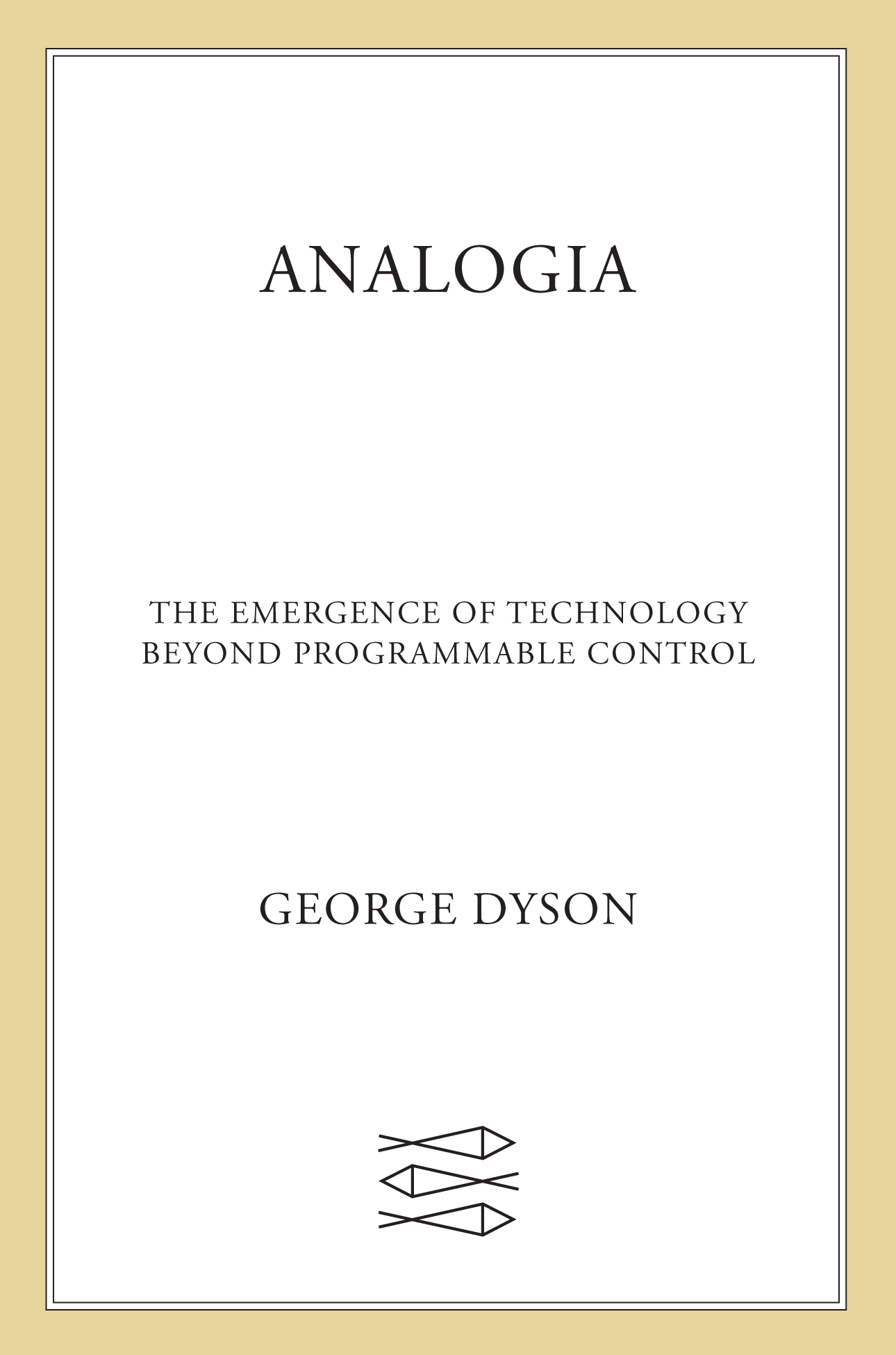

The author and publisher have provided this e-book to you for your personal use only. You may not make this e-book publicly available in any way. Copyright infringement is against the law. If you believe the copy of this e-book you are reading infringes on the authors copyright, please notify the publisher at: us.macmillanusa.com/piracy.
Once I moved about like the wind.
GOYAA (GERONIMO), 1886
From Analog to Digital and Back
In July 1716, Gottfried Wilhelm Leibniz, a seventy-year-old lawyer, philosopher, and mathematician whose tragedy was that he met the lawyers before the scientists, joined Peter the Great, the forty-four-year-old tsar of Russia, in taking the cure at Bad Pyrmont in Saxony, drinking mineral water instead of alcohol for the duration of their eight-day stay.
Leibniz, who would be dead within the year, laid three grand projects before the tsar. First was a proposal to send an overland expedition across Siberia to the Kamchatka Peninsula and the Pacific, where one or more oceangoing vessels would be launched on a voyage of discovery to determine whether Asia and America were separated, and if so, where? What languages were spoken by the inhabitants, and could this shed light on the origins and evolution of the human race? Were the rivers navigable? How does the magnetic declination vary with location, and does it also vary in time? What lay between the Russian far east and the American Northwest? Could Russia extend its claims?

Second was a proposal to establish a Russian academy of sciences, modeled on the success of the existing European academies while leaving their infirmities behind.
Third was a plan to use digital computers to work out, by an infallible calculus, the doctrines most useful for life, that is, those of morality and metaphysics, by encoding natural language and its underlying concepts through a numerical mapping to an alphabet of primes. Leibniz sought Peters support to introduce this calculus ratiocinator to China, whose philosophers he credited with the invention of binary arithmetic, and to adopt this system in the tsars campaign for the modernization and expansion of Russia, which Leibniz saw as a tabula rasa, or blank slate, upon which his vision of a rational society based on science, logic, and machine intelligence might play out.
The human race will have a new kind of instrument which will increase the power of the mind much more than optical lenses strengthen the eyes, he argued. Reason will be right beyond all doubt only when it is everywhere as clear and certain as only arithmetic has been until now. Leibniz observed that the functions of binary arithmetic correspond to the logical operations of and, or, and not. Strings of binary symbols, whether represented by zeros and ones or black and white marbles, could both encode and logically manipulate concepts of arbitrary complexity in unambiguous terms. This universal language would open a new era in human affairs. Leibniz saw Peters ambitions as the means to propagate this revolution, drawing the analogy that building a new structure is easier than remodeling an old one whose foundations have settled unevenly, leaving defects that have to be repaired.
The Russian Academy of Sciences was founded in 1724. The Great Northern Expedition was launched in 1725, followed by a 126-year Russian presence in America, beginning with the arrival of Bering and Chirikov in 1741 and ending in 1867 with the transfer of Alaska to the United States. Leibnizs third project received no support. Although so amused that he had looked at the instrument for half an hour, and even probed it with a pencil to see how it worked, Peter took no further interest in Leibnizs mechanical computer. The powers of digital computing were lost on the tsar.
It took another two centuries, and the invention of electronics, for Russia, China, and the rest of the world to become the tabula rasa of Leibnizs plan. Then suddenly, in less than fifty years, we advanced from the first primitive electronic digital computers, assembled from vacuum tubes and exchanging coded sequences at the speed of punched cards and paper tape, to a world where code proliferates at the speed of light. The ability of digital computers to mirror the non-digital universe is taken for granted today. To question the supremacy of these powers elicits the same disbelief as trying to explain them did in the time of Peter the Great.
The differences between analog computing and digital computing are fundamental but not absolute. Analog computation deals with continuous functions, whose values change smoothly over time. Digital computation deals with discrete functions, whose values change in precise increments from one instant to the next. Leibniz might have envisioned an analog computer operating by means of a fluid running through a maze of pipes, regulated by valves that could be varied continuously between fully open and fully closed. As one of the founders of the infinitesimal calculus, he was no stranger to the continuous functions that such a device could evaluate or control. Instead, he envisioned a digital computer, with binary arithmetic executed by marbles shifted by on/off gates as they ran along multiple tracks.
These marbles were either black or white; no shades of gray allowed. They could not be divided into smaller marbles or merged into marbles of larger size. When arriving at a gate, they had to follow either one path or the other, with no middle ground. Any given sequence of marbles either corresponded exactly to some other sequence or did not. All questions had to be stated unambiguously, and if a question was repeated, the answer would be the same every time. This imagined computer was never built, but the binary digits, or bits, that permeate every facet of our existence are Leibnizs marbles, given electronic form.
Nature uses digital coding, embodied in strings of DNA, for the storage, replication, modification, and error correction of instructions conveyed from one generation to the next, but relies on analog coding and analog computing, embodied in brains and nervous systems, for real-time intelligence and control. Coded sequences of nucleotides store the instructions to grow a brain, but the brain itself does not operate, like a digital computer, by storing and processing digital code. If the only demerit of the digital expansion system were its greater logical complexity, nature would not, for this reason alone, have rejected it, argued John von Neumann in 1948, explaining why brains do not use digital code.
In a digital computer, one thing happens at a time. In an analog computer, everything happens at once. Brains process three-dimensional maps continuously, instead of processing one-dimensional algorithms step by step. Information is pulse-frequency coded, embodied in the topology of what connects where, not digitally coded by precise sequences of logical events. The nervous system of even a very simple animal contains computing paradigms that are orders of magnitude more effective than are those found in systems built by humans, argued Carver Mead, a pioneer of the digital microprocessor, urging a reinvention of analog processing in 1989. Technology will follow natures lead in the evolution of true artificial intelligence and control.
Font size:
Interval:
Bookmark:
Similar books «Analogia: The Emergence of Technology Beyond Programmable Control»
Look at similar books to Analogia: The Emergence of Technology Beyond Programmable Control. We have selected literature similar in name and meaning in the hope of providing readers with more options to find new, interesting, not yet read works.
Discussion, reviews of the book Analogia: The Emergence of Technology Beyond Programmable Control and just readers' own opinions. Leave your comments, write what you think about the work, its meaning or the main characters. Specify what exactly you liked and what you didn't like, and why you think so.

